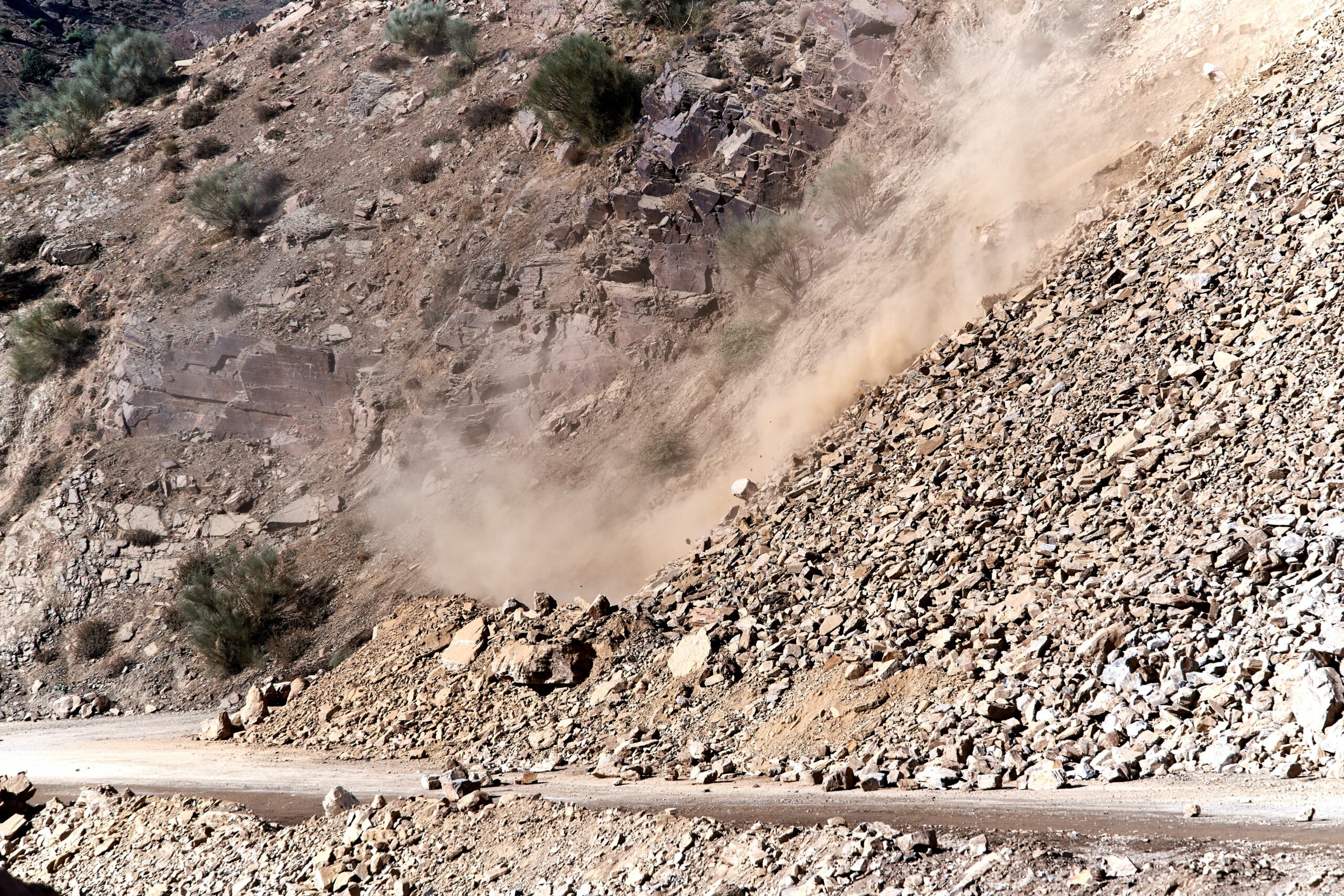As climate change continues to impact our world, the delicate balance of nature is undergoing a significant transformation. Beyond the apparent effects of temperature rise and extreme weather patterns, the intricate interplay between climate change and the natural world yields far-reaching consequences. This article explores the multifaceted repercussions of climate change on the environment, with a specific emphasis on landslides. It highlights the importance of monitoring systems in preventing such disasters and mitigating their damages.
Climate Change Unleashes Its Forces on Nature
The effects of climate change, caused by human activity, have initiated a chain of environmental transformations that ripple through ecosystems. Increased temperatures disrupt precipitation cycles, and frequent extreme weather events disrupt nature’s delicate equilibrium. As a result, formerly stable and adaptable environments are now in danger of being eroded by landslides.
Landslides have far-reaching consequences that extend beyond immediate physical damage. The natural ecosystems that have evolved over centuries are severely disrupted, leading to the loss of biodiversity and the destruction of habitats. Soil fertility is also compromised, which has a direct impact on plant growth and water quality. The long-term effects on these ecosystems can be catastrophic, resulting in a chain reaction that affects wildlife, vegetation, and even nearby communities that rely on these ecosystems for their livelihoods.
Landslides, brought on by a combination of climate change-driven factors, pose a significant danger to the natural world. Changes in rainfall patterns can saturate soil and make slopes unstable, while a warming climate causes glaciers to melt, increasing the likelihood of debris flows. Additionally, vegetation – which typically protects against soil erosion – faces issues like altered growth patterns and improved susceptibility to pests, further destabilizing landscapes.
Monitoring Systems are The Guardians of Nature
In today’s rapidly changing environmental conditions, monitoring systems play a critical role as protectors of nature. These systems incorporate advanced technologies such as satellite imagery, ground-based sensors, and state-of-the-art modeling to evaluate landscapes’ stability continuously. The data they provide in real-time is a valuable resource, as it offers early warning signals of potential landslides and helps to facilitate prompt intervention.
Monitoring systems have become an essential tool in preventing and minimizing the impact of landslides. These systems use modern technologies like satellite imagery, ground-based sensors, and machine learning algorithms to identify early signs of slope instability. These systems provide vital data by continuously monitoring changes in topography, soil moisture, and weather conditions, enabling authorities to take proactive measures before a landslide occurs.
Monitoring systems are vital in mitigating the damages caused by landslides, going beyond just early detection. By predicting the likelihood and magnitude of landslides, communities can implement effective evacuation plans, ensuring the safety of people and infrastructure. Furthermore, the data these systems provide helps build resilient infrastructure to withstand the challenges of a constantly changing climate.
One crucial aspect of monitoring systems is the creation of early warning mechanisms. These mechanisms use live data to detect areas at a high risk of landslides and issue timely alerts to communities in danger. Such a proactive strategy enables people to evacuate and take necessary precautions, which minimizes the potential for casualties and property damage.
The natural world’s challenges are more significant than ever before, and we must take action. The expansion and improvement of monitoring systems worldwide is a technological advancement and a commitment to preserving the delicate balance of ecosystems. Governments, communities, and individuals must recognize the urgency of embracing sustainable practices and using technology to protect the natural world from the looming threat of climate-induced landslides.
Erosion Control and Conservation Measures
Monitoring technologies are crucial in implementing effective erosion control and conservation measures. These technologies go beyond early warning systems, as they help identify areas prone to soil erosion. By doing so, authorities can put in place strategies such as reforestation, the construction of retaining walls, and the installation of drainage systems. These measures stabilize slopes and reduce the risk of landslides.
To tackle the effects of climate change and landslides, it is vital to have a united effort on a global level. Governments, scientific institutions, and communities need to work together to exchange information, adopt sustainable land-use practices, and invest in infrastructure that can withstand the impacts of climate change. Although the challenges are significant, with a dedication to innovation and collaboration, monitoring systems can continue to develop and provide a crucial line of defense against the consequences of climate change on our precious natural environment.
Amongst the ongoing threat of climate change and its impact on the environment, monitoring systems provide hope by offering tools to predict, prevent, and reduce the damage caused by landslides. As we navigate these uncertain times, balancing human innovation and environmental stewardship becomes increasingly essential, ensuring a harmonious coexistence between humanity and the natural world.
Explore Next Industries’ comprehensive range of wireless and wired solutions designed for monitoring systems, capable of transmitting data over long distances and in challenging environmental conditions. These dataloggers and gateways connected to IoT sensors provide critical information about your outdoor environment.
